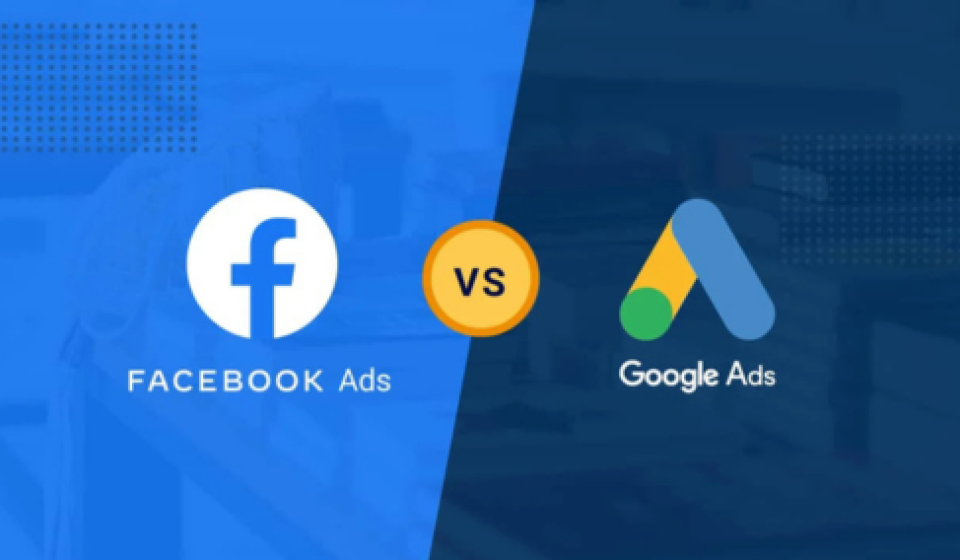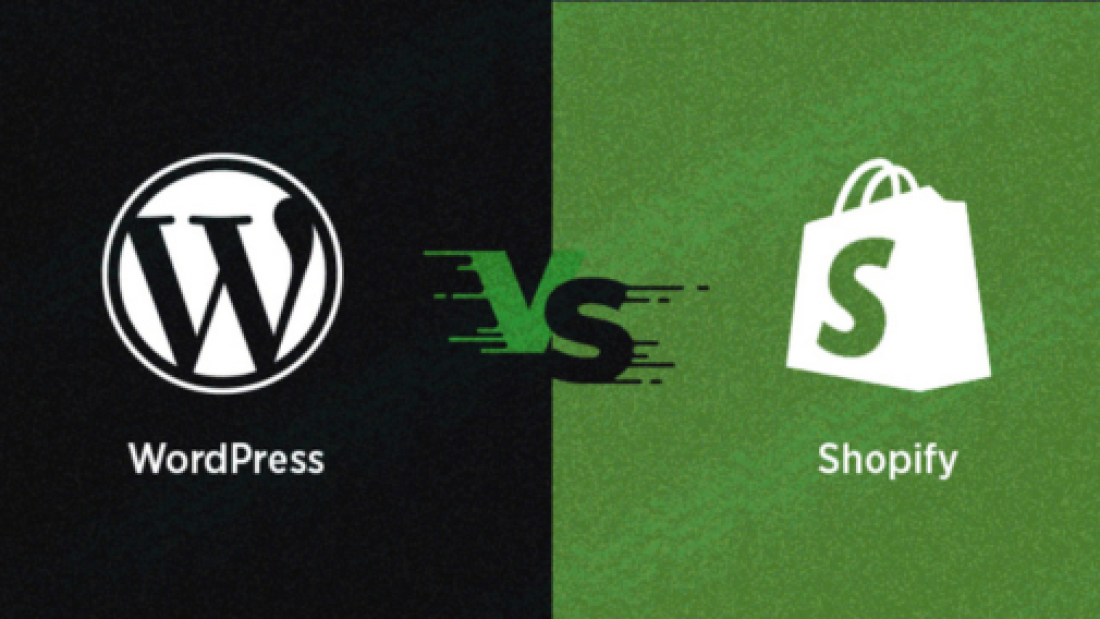When it comes to online advertising, Meta Ads (formerly Facebook Ads) and Google Ads are two of the most popular platforms. Both offer distinct features, targeting capabilities, and ad formats that can benefit businesses, but each has its strengths and weaknesses. In this blog, we will compare Meta Ads and Google Ads based on various factors such as targeting options, cost-effectiveness, ad formats, and more, to help you choose the right platform for your digital marketing campaigns.
What Are Meta Ads and Google Ads?
- Meta Ads (Facebook Ads): Meta Ads encompass ads served on Facebook, Instagram, Messenger, and the Audience Network. Meta’s advertising tools allow businesses to target users based on their behaviors, demographics, interests, and connections.
- Google Ads: Google Ads is a platform for serving ads across Google’s search results, the Google Display Network, YouTube, Gmail, and other partner sites. Google Ads focuses on user intent by targeting keywords and leveraging search data.
Pros and Cons of Meta Ads
Pros
- Advanced Targeting Capabilities
Meta Ads provide highly detailed targeting options, such as age, gender, location, interests, behavior, and even connections to specific people or brands. These robust options allow advertisers to reach a specific audience effectively. - Cost-Effective for Brand Awareness
With Meta’s advanced targeting and vast user base, businesses can run campaigns that focus on brand awareness, engagement, and lead generation without breaking the bank. Meta Ads often offer lower CPM (cost per thousand impressions) than other platforms. - Engaging Ad Formats
Meta Ads offer multiple ad formats like image, video, carousel, slideshow, and Stories. These formats allow businesses to engage users interactively, especially in visual-driven industries such as fashion, beauty, and food. - Visual-Centric
Meta’s platforms (particularly Instagram and Facebook) are ideal for businesses that focus on visual content. Whether it’s an eye-catching image, a short video, or a carousel of products, Meta Ads allow businesses to showcase products in a more engaging way.
Cons
- Ad Fatigue
Users on Meta platforms are bombarded with ads on a daily basis. Over time, users may develop ad fatigue, making them less likely to engage with ads. Regular testing and refreshing of creatives are needed to combat this. - Limited Search Intent Targeting
Meta Ads are generally more effective when targeting users based on their interests or demographics. Unlike Google Ads, Meta Ads do not target users based on their search intent, which could make it harder to convert leads for certain types of businesses (especially those requiring high purchase intent). - Complexity in Conversion Tracking
While Meta’s tools for tracking conversions are improving, they can still be complicated to set up, especially for businesses without technical expertise. Tracking cross-device conversions and retargeting can sometimes be challenging.
Pros and Cons of Google Ads
Pros
- Intent-Based Targeting
Google Ads excels at targeting based on search intent. When users search for specific keywords on Google, they are actively looking for information, products, or services. This gives advertisers a powerful opportunity to connect with potential customers at the exact moment they are interested in a solution. - Wide Reach Across Platforms
Google Ads runs on the Google Search Network (Google.com) and the Display Network, which includes YouTube, Gmail, Google’s partner sites, and more. This wide reach allows businesses to target users across different stages of the buying journey, from awareness to decision-making. - Flexible Budgeting and Bidding
Google Ads offers a variety of bidding options (CPC, CPA, CPM, etc.) that can help businesses control their ad spend effectively. You can tailor your budget based on the specific results you’re looking to achieve, such as clicks, conversions, or impressions. - Conversion Tracking and Analytics
Google Ads provides highly granular conversion tracking and robust analytics. Advertisers can track user interactions, conversions, and ROI with great accuracy, which helps refine campaigns over time.
Cons
- Higher Cost per Click (CPC)
Google Ads, particularly on the Search Network, often comes with a higher CPC compared to Meta Ads. Competitive industries can see even higher costs, especially when targeting popular keywords. This may not be as cost-effective for small businesses with limited budgets. - Requires Continuous Optimization
Google Ads campaigns require ongoing optimization and keyword management. Businesses need to constantly monitor and adjust bids, keywords, and ad copy to avoid wasting money on underperforming ads. - Complexity for Beginners
Setting up and managing Google Ads campaigns can be overwhelming for beginners. The platform’s array of options and features can be challenging for advertisers without experience, which may lead to inefficient spending if not managed correctly.
Meta Ads vs. Google Ads: Which One is Right for You?
When choosing between Meta Ads and Google Ads, consider your business goals, target audience, and budget:
- Meta Ads are great for businesses that want to target users based on demographics, interests, and behaviors. They are ideal for visually-driven industries like fashion, beauty, or travel and work well for brand awareness and engagement.
- Google Ads is the go-to platform if you are targeting users with high purchase intent or those actively searching for products or services. It’s best for businesses in industries like law, insurance, home services, or e-commerce, where people are often searching for solutions in real-time.
Conclusion
Both Meta Ads and Google Ads offer valuable opportunities for online advertising, but they work in different ways. Meta Ads are excellent for creating awareness and engagement, while Google Ads is best for capturing users actively searching for products and services. By understanding the strengths and weaknesses of each platform, businesses can tailor their advertising strategy to meet specific goals and target audiences in 2025 and beyond.












